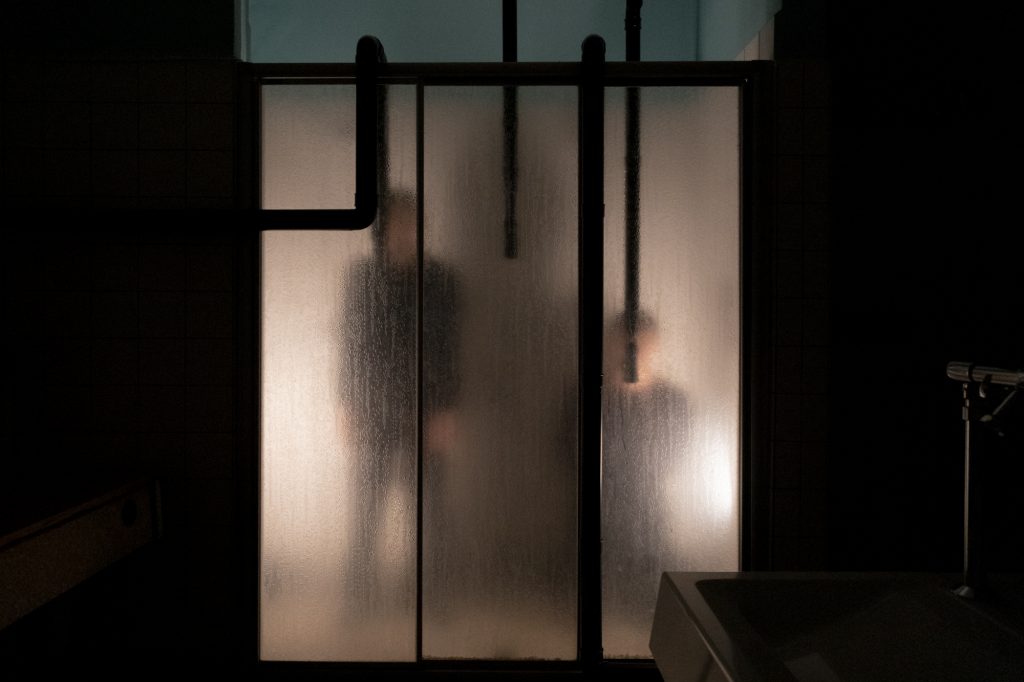The Dystopia Sound Art Biennial, organised by Errant Sound and this year under the artistic direction of Nida Ghouse and Georg Klein, will take place from 7 to 29 September in HAUNT/frontviews in Schöneberg and in the Galiläa Church in Friedrichshain. Featuring sound installations, performances, and site-specific projects by over thirty participating artists from fifteen countries, the exhibition will be accompanied by an event program that runs on all four weekends. From 20 to 29 September at KUNSTRAUM Potsdamer Straße, students in the sound studies and sonic arts master’s programme at the Berlin University of the Arts will also be represented at the Biennial for the first time. On 12 and 13 September, a symposium in the interim space of Errant Sound at Miss Read in Wedding will round off the program. After Turkey and Brazil, Dystopia Biennial 2024 presents sound art from Europe and the Indian subcontinent.
The exhibition Often enough I tried language, often enough I tried song, but they didn’t hear you raises questions about canonized European sound epistemologies through a range of positions. “If the German concept of Klangkunst has no equivalent in the South Asian
context, sound itself has cosmic significance and the culturally-coded labor of listening draws on long and diverse lineages,” says Nida Ghouse in her curatorial statement. Dystopia, a politically, socially, and ecologically charged term, serves here as a provocation or an invitation to imagine another world.
In resonance with the artworks, the symposium Sonic Futurisms, curated by Budhaditya Chattopadhay, offers insight into the concept of futurism in relation to sound practices and thoughts from South Asia that influenced the Western art music of John Cage, La Monte Young, Pauline Oliveros, and others in the 1950s and 1960s, without recognition having been demanded until now. Among other topics, the symposium explores the under-discussed conceptualization of a future that goes beyond a dystopian vision.
More info:
https://www.dystopia.berlin/2024/
Curator Statement
Often enough I tried language, often enough I tried song, but they didn’t hear you
Pairs of loudspeakers flank each side of a pair of paintings but emit no sound. The monochromatic canvases are coated with cow dung. Captioned the low voice, these sculptural objects by Aman Aheer reference the slow silencing of the Muslim call to prayer from the Indian landscape and link it with the sustained violence faced by Dalits.
As quiet compositions in a sound art exhibition, they invite the listener to consider the material dimension of inaudibility and confront the medium of sound at its limits.
Borrowing its title from poet and philosopher Friedrich Hölderlin, the exhibition Often enough I tried language, often enough I tried song, but they didn’t hear you emerges from certain incommensurabilities that lie at the heart of the project of sound art. This Dystopia Biennial provides a frame wherein one sound art scene, with its specific references, reaches out to another. If the German concept of Klangkunst has no equivalent in the South Asian context, sound itself has cosmic significance and the culturally-coded labour of listening draws on long and diverse lineages.
Spread across two main venues, the works in the exhibition comprise a range of sound-based practices including installations, performances, and site-specific projects. Ears trained in folk, opera, contemporary improvisation, Carnatic, or Hindustani classical find temporal structures and visual forms for music in the proverbial museum. Excursions into deep time and extra sky yield shapes in sound for what neither images nor discourse can provide. Secrets are kept in languages once recorded but now deemed dead, and untold fairytales get sung out of a mix of noise and tenderness.
Nida Ghouse



























